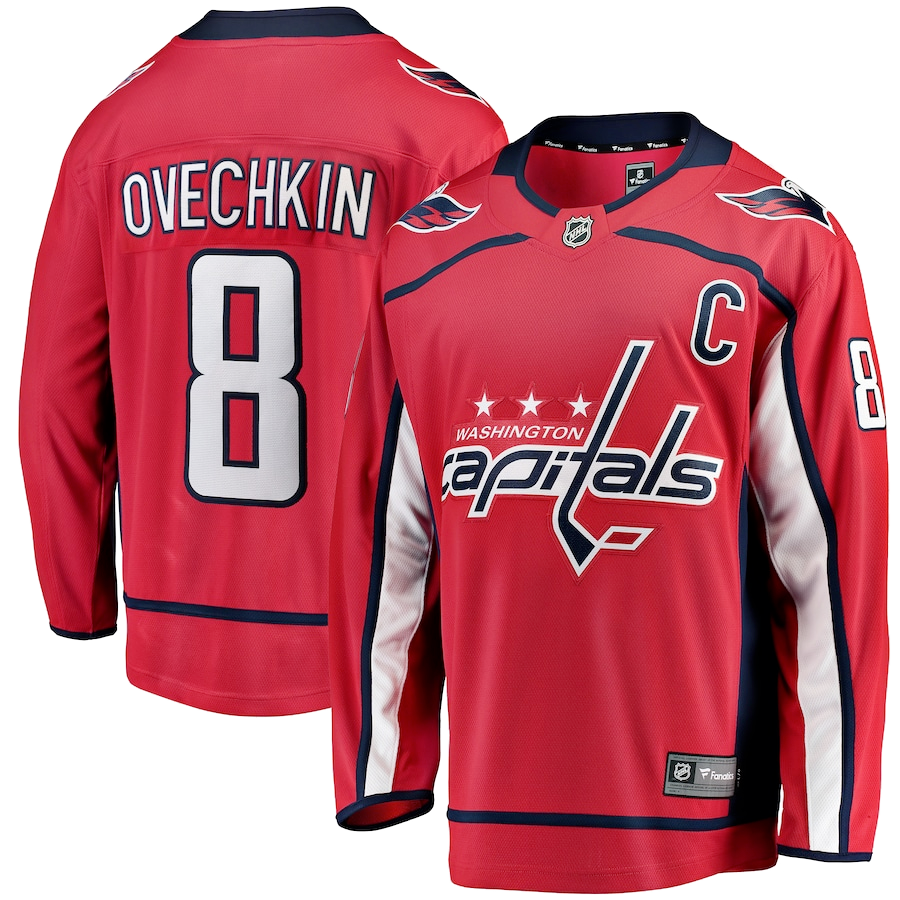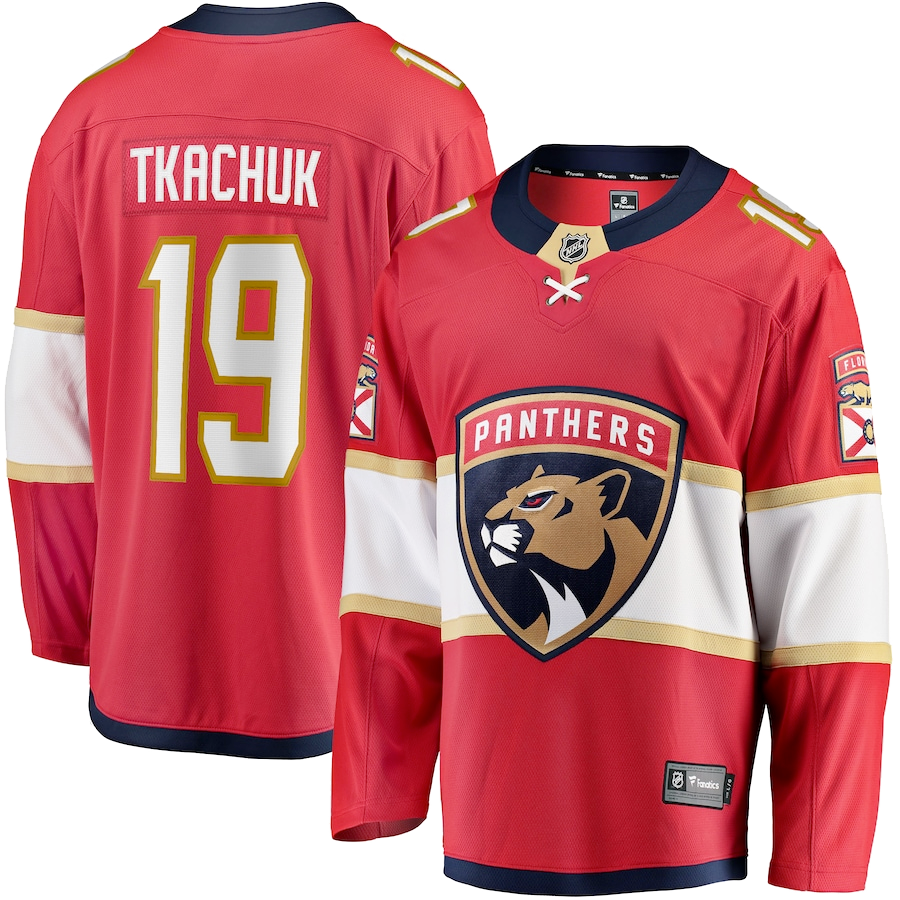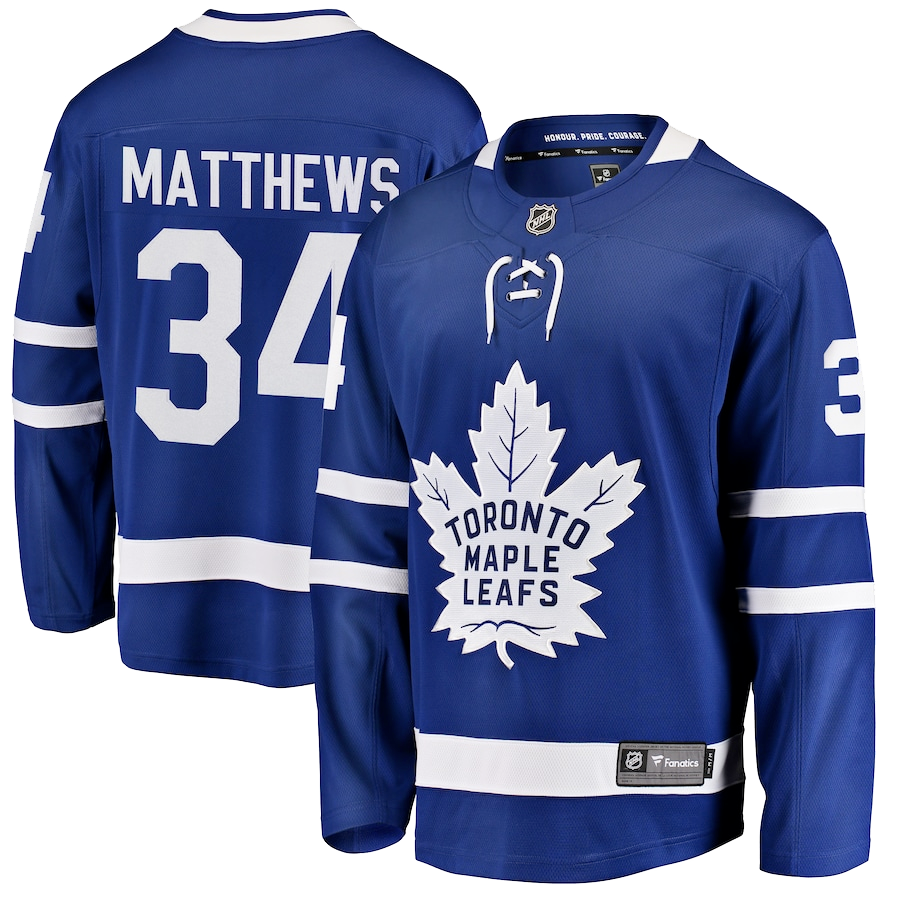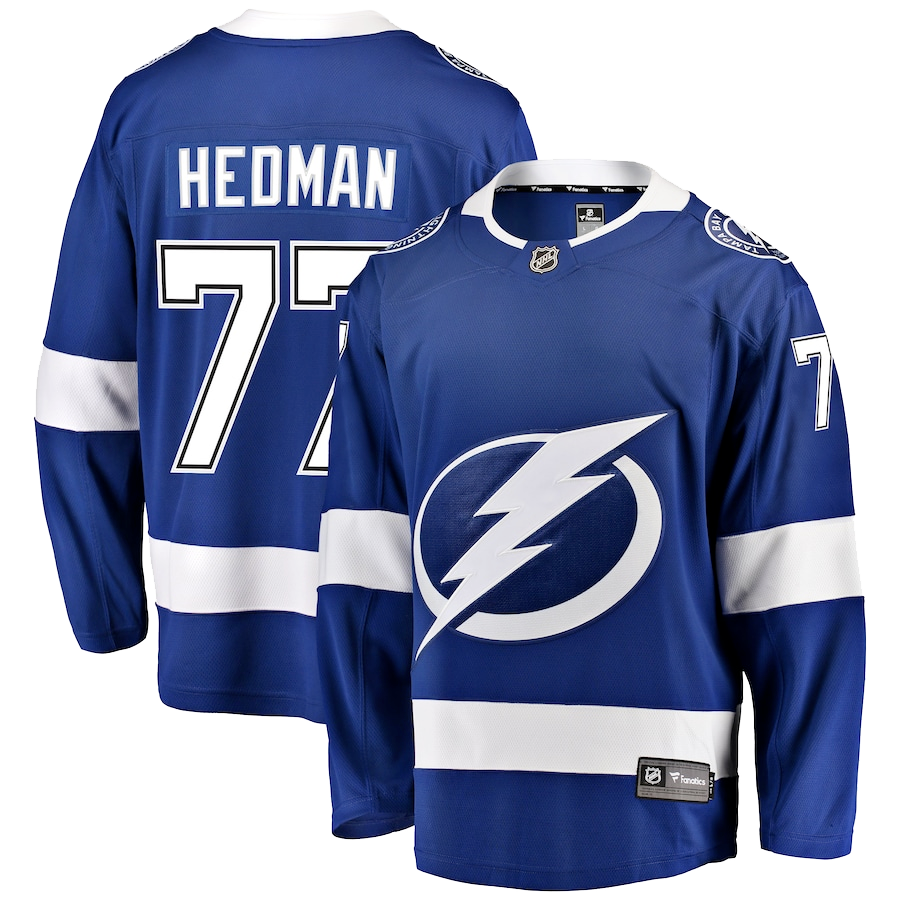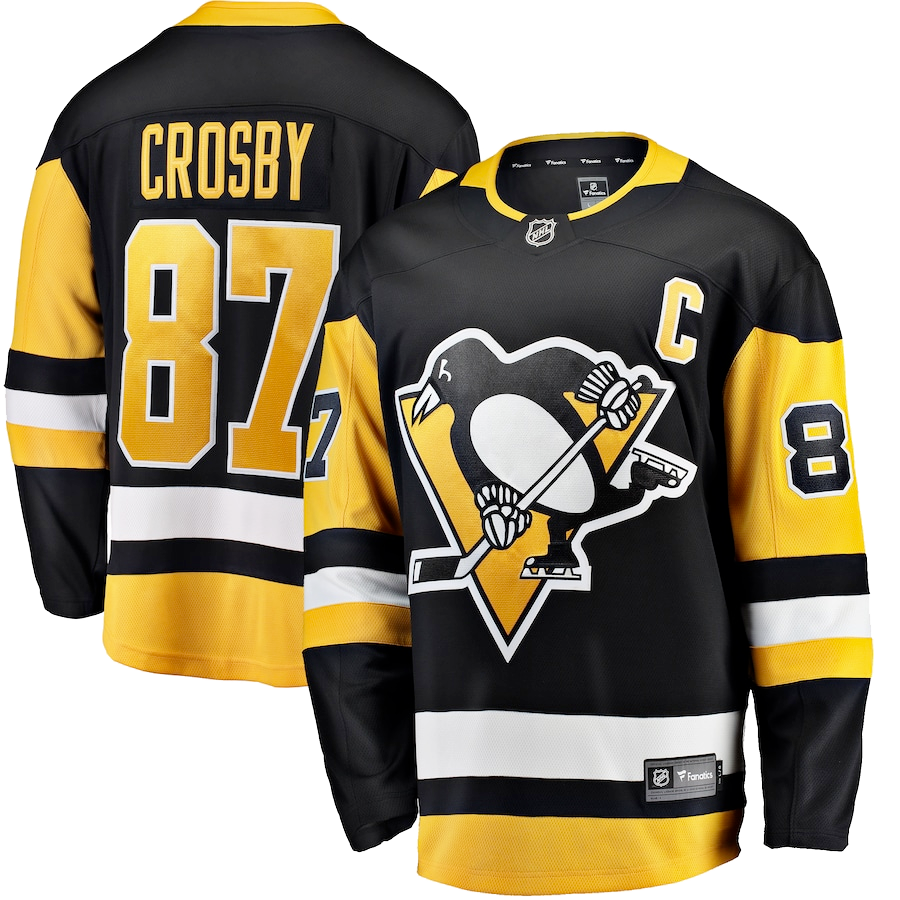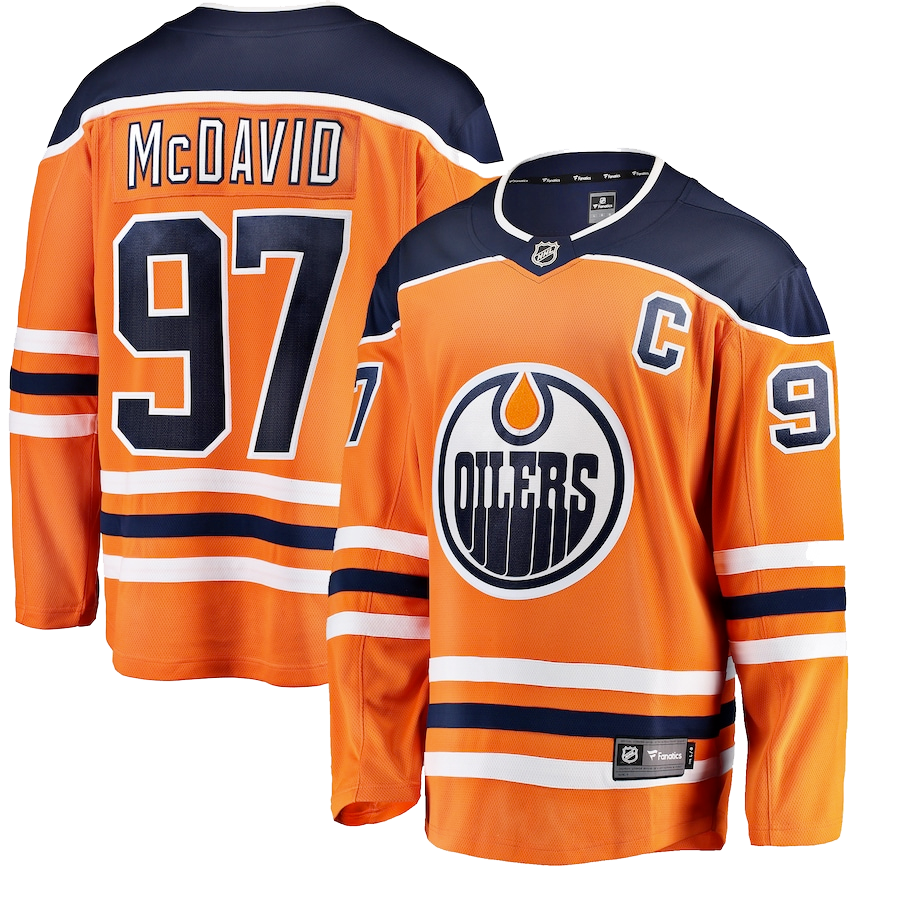The Rangers have had their share of great goaltenders in their 85-year history and Chuck Rayner was one of the best.
Claude Earl Rayner, was born on August 11, 1920, in Sutherland, Saskatchewan. “Chuck” as he had been know since childhood, played junior hockey for the Kenora Thistles leading them to the Memorial Cup finals in 1939-40 where they lost to the Oshawa Generals.
The following season Chuck signed his first pro contract at the age of 19 with the Springfield Indians, but was soon sold to the New York Americans who were in dire need of help between the pipes. Rayner played a total of 48 games over two seasons, compiling a 3.60 goals-against average for the defensively challenged Americans, before joining the Royal Canadian Navy where he served until the end of World War II.
While in the Navy, Chuck became the only goaltender on record to skate the length of the ice and score a goal. It happened while Rayner was playing for the Royal Canadian Armed Forces team. After making a save off his chest and with the rest of the players scattered behind his net, Chuck snared the loose puck and took off down the ice. Always a strong skater, he sped over the red-line and continued directly towards the goal mouth where he fired a low shot past Art Jones, the astonished opposing netminder.
When the war was over, the now “Brooklyn” Americans (they changed their name but still played their home games in Madison Square Garden) had folded and Chuck signed with the Rangers as a free agent. Unfortunately the Ranger’s roster was decimated by the war and they managed to gain a playoff berth only twice during Chuck’s career. But that doesn’t mean that the 6-foot-1, 205-pound, bushy-haired Rayner wasn’t a big man in the nets for the Rangers.
In 1946-47, Chuck led the NHL with five shutouts and posted a 3.05 goals against average. However the next season the Rangers brought back Sugar Jim Henry who had tended goal for them in 1941-42 but had spent most of the past three seasons in the minors. The two netminders were actually good friends and business partners off the ice. For a while Coach Frank Boucher alternated the two netminders first by games and then by five-minute intervals, switching the goaltenders like forwards.
“Frank switched us every third line or so,” Chuck later explained. Unfortunately the Rangers only had one pair of goalie gloves. “When I skated off to the bench and Sugar Jim came on the ice, we would meet at the blueline so we could exchange gloves in front of 15,000 fans.”
The experiment ended when Chuck suffered a double fracture of the cheekbone and Henry played the rest of the season. Ironically the Blueshirts made the playoffs that season after a six-year absence and Rayner was back between the pipes when the Rangers met the Red Wings in the first round. At the beginning of the 1948-49 season Henry was traded to Chicago for winger Alex Kaleta and another goalkeeper by the name of … Emile Francis.
The innovative Boucher recognized Rayner’s offensive talents and used him on the point during power plays in a few games in the late 1940’s.
“That was Frank’s idea all the way. I used to do a lot of skating and shooting in practice, so he decided to try it in a game,” Rayner said. “I’d only come out half way up to the blueline. It only happened four of five times.”
But on February 1, 1947, Chuck took it step further. After making a stop late in a 2-1 loss at Montreal he rushed the puck up ice into the Canadien zone and tried to score the tying goal. He then tried it a couple more times each to no avail.
In 1950, Chuck led the Blueshirts into the finals against Detroit, leading many sportswriters to dub the team the “New York Rayners” in honor of his heroic performance in goal. The Blueshirts pushed the series to the seventh game but lost when Pete Babando scored in the second overtime period. Chuck was awarded the Hart Trophy as the NHL’s Most Valuable Player for his efforts that season and broke down and cried when he was given the award at center ice in the “Old” Garden.
Given the nickname “Bonnie Prince Charlie” by the press, Rayner became a fan favorite with his acrobatic style and courageous play. Many long-time Rangers fans remember the night Chuck stopped a point blank shot with his forehead and had to be carried off the ice, leaving a long stream of blood from the crease to the bench. Remember, this was in the days before the two goalie system, so 20 minutes later, a stitched-up Rayner returned to the ice with a white turban of bandages wrapped around his head. Chuck was also known for his habit of rubbing his nose with his catching glove, so by the end of the game his nose was as red as the goal light which he did his best to keep dark.
In 377 games for the Blueshirts, Chuck posted a 123–180-72 record with a 2.99 goals-against average. His 24 shutouts ties him with both Gump Worlsey and Mike Richter for fifth place on the Rangers all-time whitewash list behind Ed Giacomin, Henrik Lundqvist, Davey Kerr and John Ross Roach. Not bad considering the teams he had in front of him. Overall in 424 regular season NHL games he posted a 138-208-77 record with a 3.05 GAA.
Chuck retired after the 1952-53 season and was elected to the Hockey Hall of Fame in 1973. He passed away on October 5, 2002, at he age of 82.
The fans loved Chuck Rayner and he loved being a Ranger.
“New York was a great part of my life”, he once said. “I will never forget my days as a New York Ranger”.


